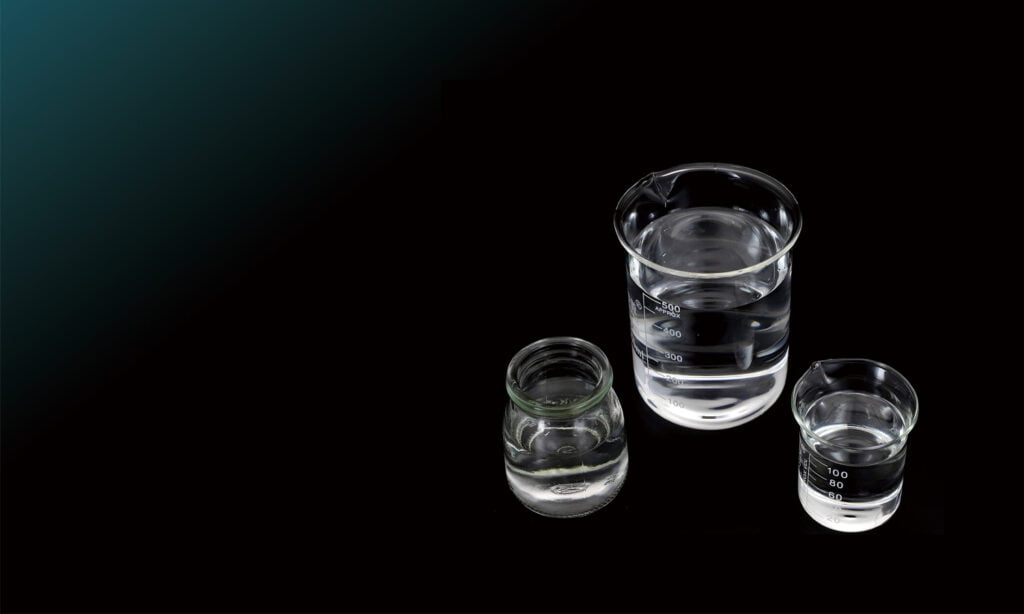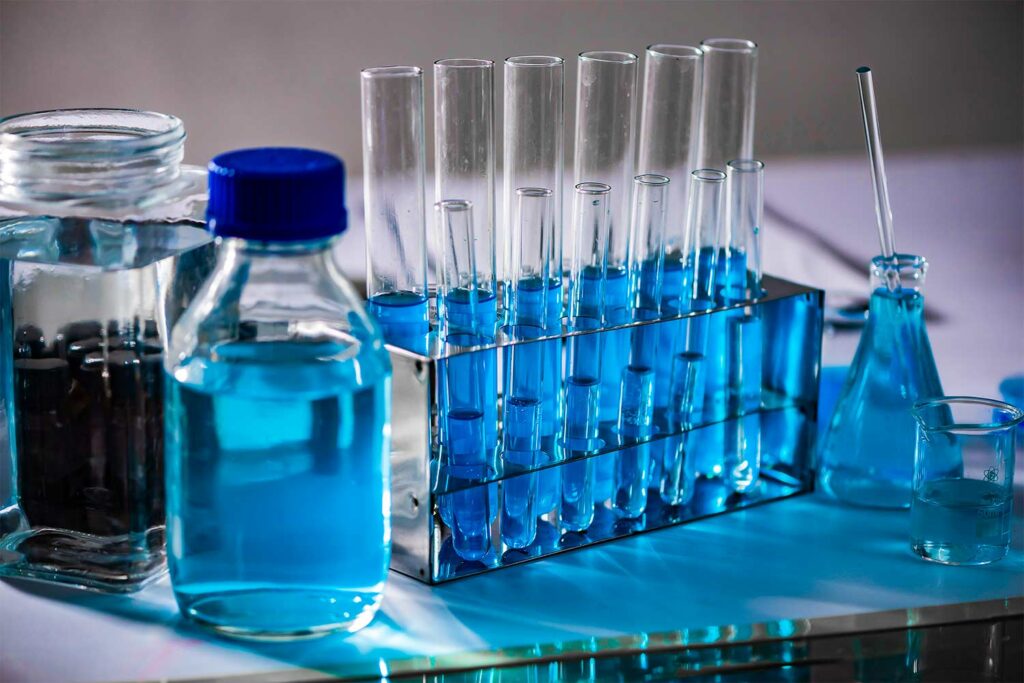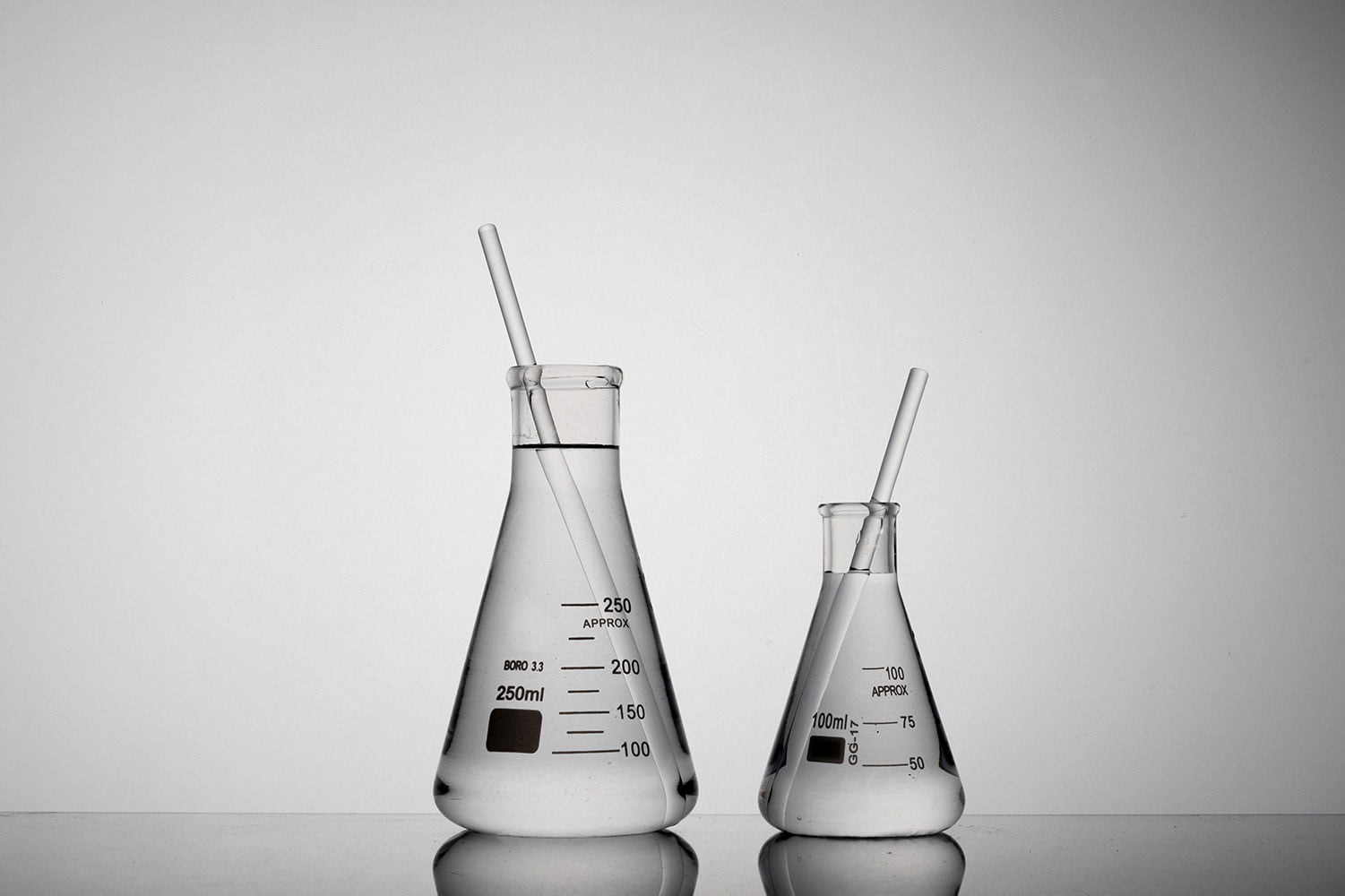Neopentyl Glycol Slurry, a versatile and sustainable chemical compound, has been revolutionizing various industrial processes. This article dives deep into the properties, applications, and benefits of Neopentyl Glycol Slurry, shedding light on how it contributes to both efficiency and environmental friendliness.
Table des matières
- Introduction
- Comprendre la boue de néopentylglycol
- Composition and Properties
- Applications across Industries
- Paints, Coatings, and Adhesives
- Plastics and Polymers
- Automotive and Aerospace
- Advantages of Neopentyl Glycol Slurry
- Durabilité améliorée
- Improved Sustainability
- Émissions de COV réduites
- Production and Manufacturing
- Synthesis Process
- Contrôle de qualité
- Utilizing Neopentyl Glycol Slurry for a Greener Future
- Impact environnemental
- Conformité réglementaire
- Neopentyl Glycol Slurry vs. Traditional Alternatives
- Future Innovations and Developments
- Conclusion
- FAQ
- What is Neopentyl Glycol Slurry primarily used for?
- How does Neopentyl Glycol Slurry contribute to sustainability?
- Are there any drawbacks associated with its usage?
- Can Neopentyl Glycol Slurry replace other chemical compounds entirely?
- Where can I access Neopentyl Glycol Slurry for industrial applications?
Introduction

In today’s dynamic industrial landscape, finding sustainable and efficient chemical solutions is of paramount importance. Neopentyl Glycol Slurry, often referred to as NPG Slurry, has emerged as a game-changer in various sectors. Its unique properties make it a sought-after ingredient in industries spanning from paints to automotive manufacturing.
Compréhension Boue de néopentyl glycol
Composition and Properties
Neopentyl Glycol Slurry is derived from neopentyl glycol, a compound composed of carbon, hydrogen, and oxygen atoms. The slurry form enhances its applicability by providing a concentrated mixture that’s easier to integrate into different processes. This slurry form increases the compound’s versatility, allowing manufacturers to incorporate it seamlessly.
Applications across Industries
Paints, Coatings, and Adhesives
NPG Slurry plays a pivotal role in the formulation of high-performance paints, coatings, and adhesives. Its unique chemical structure contributes to enhanced durability, weather resistance, and adhesion properties. From architectural paints to industrial coatings, NPG Slurry improves the longevity and performance of the final product.
Plastics and Polymers
In the realm of plastics and polymers, NPG Slurry acts as a crosslinking agent, reinforcing the structural integrity of the materials. This results in sturdier and more heat-resistant plastics used in a range of applications, including packaging, automotive parts, and electronic components.
Automotive and Aerospace
Neopentyl Glycol Slurry finds a crucial place in the automotive and aerospace industries. Its use in manufacturing composites and lightweight materials contributes to fuel efficiency and reduced emissions. Additionally, its resistance to corrosion ensures the longevity of components subjected to harsh conditions.
Advantages of Neopentyl Glycol Slurry
Durabilité améliorée
Products incorporating NPG Slurry exhibit exceptional durability, reducing the need for frequent replacements. This is particularly valuable in industries requiring longevity, such as construction and transportation.
Improved Sustainability
The chemical’s sustainable nature aligns with modern environmentally conscious practices. Manufacturers are adopting NPG Slurry to reduce their ecological footprint and promote a greener image.
Émissions de COV réduites
Volatile Organic Compounds (VOCs) are a significant concern in various industries. NPG Slurry’s low VOC content makes it an attractive choice for businesses aiming to comply with stringent emissions regulations.
Production and Manufacturing

Synthesis Process
The synthesis of Neopentyl Glycol involves catalytic hydrogenation of formaldehyde, followed by various purification steps. The resulting compound is then processed into a slurry form for improved handling and distribution.
Contrôle de qualité
Stringent quality control measures ensure that the NPG Slurry meets industry standards. Manufacturers perform rigorous testing to guarantee consistent composition and optimal performance.
Utilizing Neopentyl Glycol Slurry for a Greener Future
Impact environnemental
As industries continue to seek eco-friendly alternatives, NPG Slurry’s role becomes more significant. Its sustainable attributes contribute to a reduced carbon footprint and a more sustainable future.
Conformité réglementaire
With increasing regulations on chemical usage, NPG Slurry’s compliance with environmental standards makes it a reliable choice for businesses striving to meet regulatory requirements.
Neopentyl Glycol Slurry vs. Traditional Alternatives
NPG Slurry stands out when compared to traditional alternatives due to its balanced combination of performance, sustainability, and safety. Unlike some older compounds, NPG Slurry offers a holistic solution that addresses modern challenges.
Future Innovations and Developments
Continued research into NPG Slurry’s applications and properties is expected to yield even more innovative uses. As industries evolve, this compound might unlock novel solutions for emerging challenges.
Conclusion
Neopentyl Glycol Slurry has undoubtedly transformed various industries by providing an eco-friendly, high-performance chemical solution. Its unique properties, versatile applications, and sustainability advantages make it a cornerstone of modern manufacturing.
FAQ
What is Neopentyl Glycol Slurry primarily used for?
NPG Slurry finds applications in industries such as paints, coatings, adhesives, plastics, and aerospace, enhancing product durability and sustainability.
Comment Néopentyl glycol Slurry contribute to sustainability?
By offering low VOC emissions, extended product durability, and compliance with environmental standards, NPG Slurry contributes to greener industrial practices.
Are there any drawbacks associated with its usage?
While NPG Slurry offers numerous benefits, proper handling and storage are essential due to its chemical nature.
Can Neopentyl Glycol Slurry replace other chemical compounds entirely?
NPG Slurry’s versatility allows it to complement or replace various compounds, depending on the specific application and desired outcomes.



